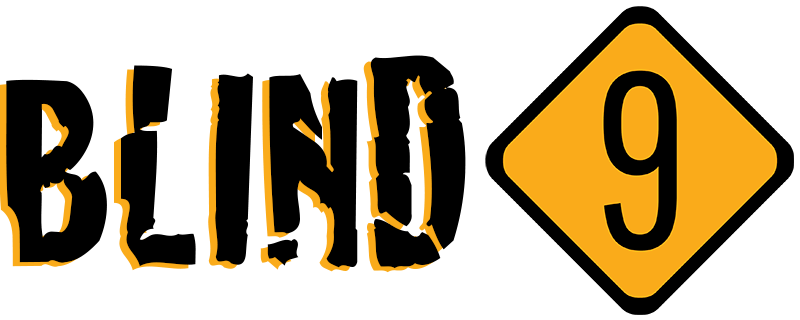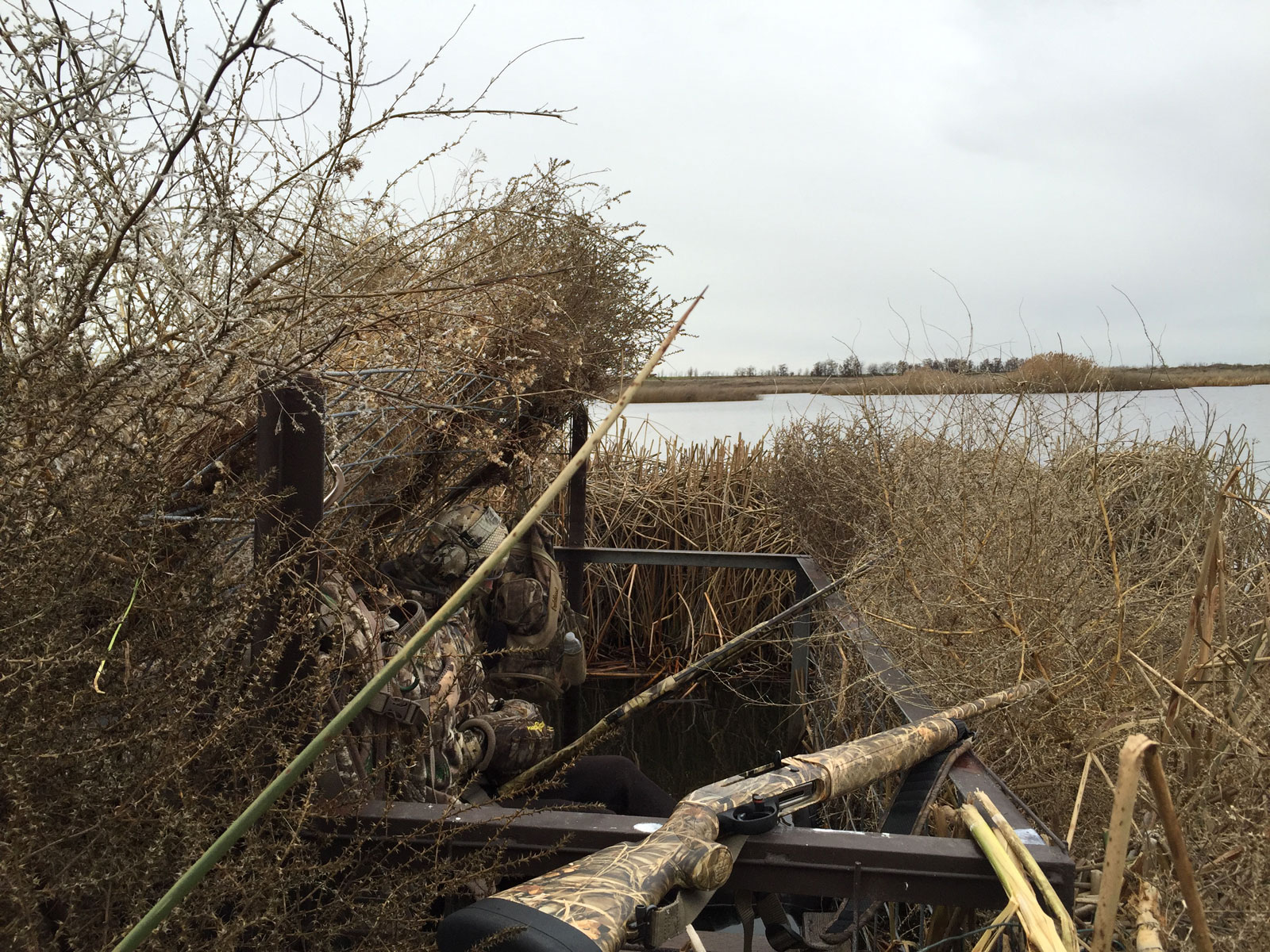Divers rule the day as McNary serves up lessons in identification and reminds us that we’re not as good as we think we are.
Location: McNary Wildlife Refuge, Fee Hunt Unit, Blind 6
Conditions: Partly cloudy, cold, breezy from the south
Birds Taken: 14 for 2 hunters (1 mallard drake; 1 mallard hen; 1 American wigeon drake; 1 pintail hen; 6 ringnecks; 4 scaup.)
Our Dec. 12, 2015 hunt at McNary National Wildlife Refuge was a lesson in how far we’ve come and how far we’ve yet to go in becoming good waterfowl hunters. Nearly four years in the making and we can still struggle with key elements of the sport.
On one hand, we managed to take a limit in birds at Blind 6, arguably the best blind in the place (at least it’s the most hunted). On the other hand, we struggled to ID birds throughout the morning. Worse, we were not able to retrieve three birds which blew away from us into water too deep to get them.
Good luck and a good plan
We drove out to McNary the night before and stayed at a hotel near the airport in Pasco, which is about 10 minutes from the refuge. The following morning we had a good mid-pack pick in the draw. If you have a lottery pick, even a high number, you’ll probably get a Top 5 pick. I suspect there are many no-show hunters from all over the state who put in for the lottery draw in mid-September and bailed out due to weather, scheduling conflicts and the like, just like we do. Also, people who hunt in the Tri-Cities area often have many good choices, both by walk-in and by boat, so the managed hunting area of the slough might not always be their first choice. Still, if you from out of town it’s worth it to show up if you’ve got a pick. When we ended up getting the third pick of blinds it was no surprise. The surprise came when we realized Blind 6, the most popular, was still available.
Our plan had been to pick a blind where the prevailing wind, this day out of the West, would either blow downed birds towards us or at least not away from us. We know from experience here that once you’re out of the blind you have about 25-40 yards to wade into the water before it gets too deep for a retrieval. So when we picked Blind 6, which faces West, we knew we had a shallow pool to the South, open water out front and to the North of the blind. Our plan was to have a shooting window in front, no farther than 20 yards, and into that shallow pool to the West. That way when we downed birds they would not get out of range of our ability to retrieve them and at the very least they would not blow away from us. If they dropped into the pool to the right, they would be easy to gather. Another part of the plan ways to avoid shooting birds that were overhead traveling towards the blind. The high grass around the blinds in McNary can bedevil retrieval attempts, with or without dogs.
With this plan we made our way out to the blind before first light. We set our decoys in a a cluster off the shore just right of the blind out into the water roughly Southwest out about 25 yards. We also dropped a few close to shore around the blind. It’s been my experience that birds will fly right into decoys here, unlike the birds we normally hunt at the Ridgefield Wildlife Refuge in Vancouver. The goal was to funnel the birds coming from the North around to land right in front of us.
At dawn, the first birds of the day followed our plan, flapping in to land out front. We downed these two ring necks with ease. But we had come to McNary to get mallards. The mallards here are much better table fare than the northern shovelers or pintails we normally see on the west side of Washington. Don’t get me wrong, these ring necks were good, fat ducks, larger than we’ve seen on the West side. But they’re not my favorite to eat and end up on the sausage stack. The next two birds I downed turned out to be a ring neck then a scaup. The diver action had to stop! We decided to wait on shots until we could positively identify the incoming birds.
I’ll admit that I can be a shoot-first-identify-later kind of duck hunter. Birds such as shovelers, canvasbacks, pintails, teal, and buffleheads are easy for me to identify by silhouette. However, trying to ID the difference between these larger divers and the mallards proved challenging for us in the overcast dim of the morning. What ensued was an interesting morning of duck watching. Ring necks were thick on this hunt and they would come in flocks of 4-8, break up above us, and dart above blind from all directions. Invariably, while we watched these, a large mallard would come zooming right by the blind in our “window.” We would catch it too late and not take the shot for fear of it landing too far out or dumping into the tall grass. We simply took too long to ID the birds and passed on shots at mallards all morning. We still have to learn to pick up on wing beats and silhouettes earlier. It’s where experience pays off.
The lesson from this is that if it’s going to be a diver day, so be it! Take your shots in your window and you might down a few more of your target species in the process. We managed to get a few mallards on the day. My favorite duck, though, was a drake American widgeon that dropped right into the landing zone. Not only was it my first drake widgeon, but it had followed our hunting plan, which is always satisfying!
Retrieval Challenges
Despite our all our planning, we still managed to lose a few birds whose trajectories took them too far out into the slough or which were still alive when they hit the water and paddled out farther to die.
We normally tote a 10-foot golf ball retrieval tool with a wire hook at the end to help get birds here. And during this hunt, Tim brought a retrieval tool that we could toss out into the water past a downed duck and bring it in to us. We managed a retrieval with the new gizmo but still lost two mallards and a pintail to the deeper water. At least the guys in the blind across the slough from us got at least one of these birds! Bottom line, it’s a challenge to retrieve ducks here without a dog. Scott bought a small kayak so we might bring that along next time we hunt at McNary.

